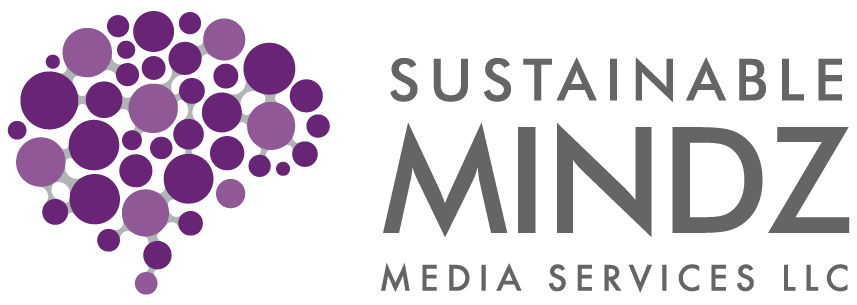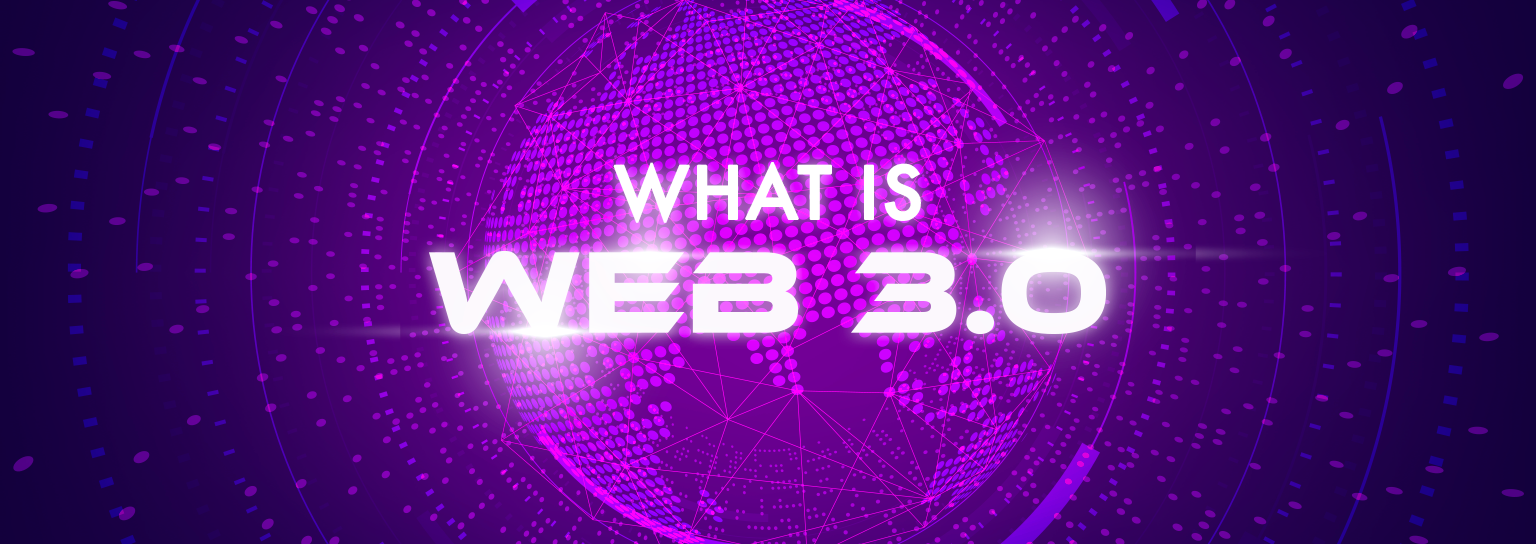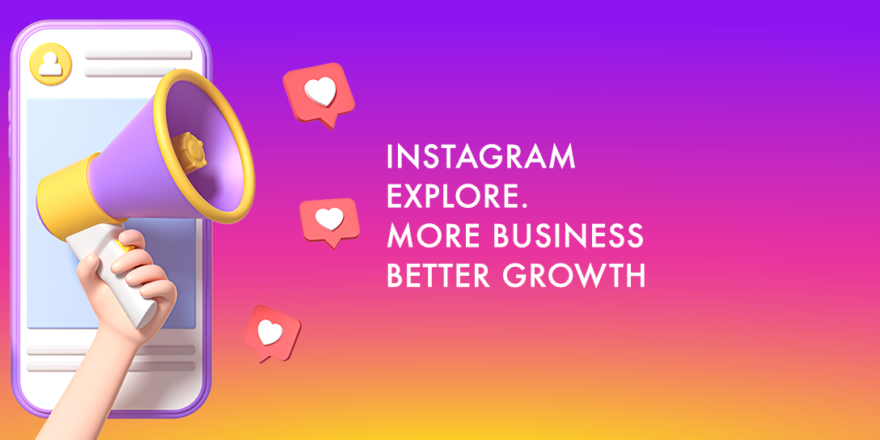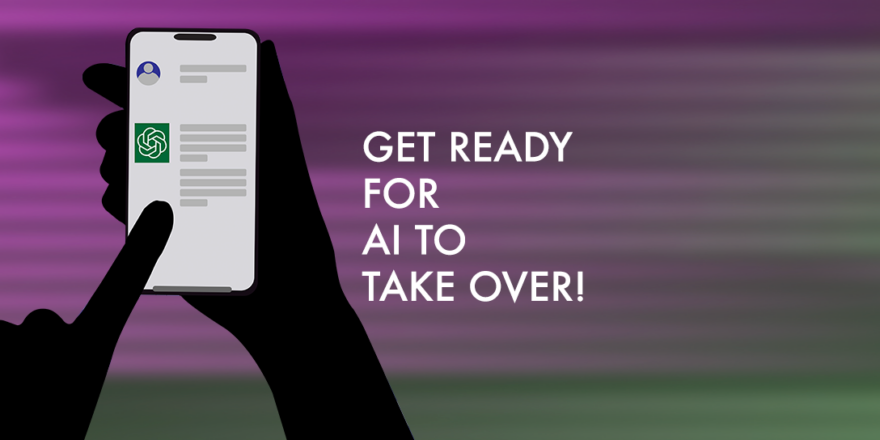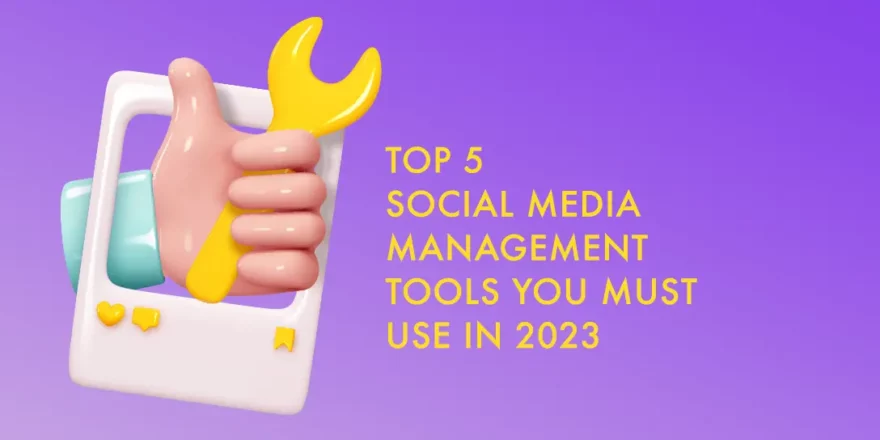The web considered the fastest-growing medium of information, contains trillions of URLs.
Fact: The World Wide Web is seeing a growth rate of around 3000% per annum. But it all started with web1.0, which only possessed static characteristics, followed by web 2.0, which turned the passive into interactive. Web 3.0, the latest, is all set to bring newer opportunities and is meant to change how people interact with their devices, so much so that if organizations do not start making changes, they may stand to lose customers. In other words, it is time for businesses to embrace the new internet generation and experience exponential growth.
How different is Web 3.0?
The modern internet is powered by HTTP/1.1, TCP/IP, 2.0, UDP, and other protocols. Today, the end user works with a browser such as Chrome and Firefox to obtain rich visual experiences, communication, and collaboration, among other things. This is also the current process of consuming digital material, which uses a similar route to develop and disseminate information. Like Web 2.0 is powered by browser technology, Web 3.0 seeks a more immersive experience. When both hardware and software come together to power this absorption in a more ubiquitous way, in other words, Web 3.0 focuses on artificial intelligence and 3D graphic visuals.
Semantics
Customer keyword intent plays a big role in digital marketing. The marketer makes all efforts to present information precisely how seekers want, whether it’s a definition, the latest news, or they could look for newer tools and platforms. Web 3.0 goes a step further to predict searches, find similarities, and improve the internet experience based on consumer interaction in ways that are not currently available.
Omnipresence
The instant internet is present everywhere. It is not a dissimilarity – even Web 2.0 is all about speed and presence. If you upload a pic on Instagram, users can visualise it instantly. Web 3.0 performs the same operation but on a much larger scale.
Artificial Intelligence
Computers will comprehend material at par with humans by combining NLP (natural language processing) and semantic abilities, thus providing speedy and accurate solutions. This will further enhance the internet experience. The semantic analysis will rely greatly on artificial intelligence, and so will other Web 3.0 components.
Decentralisation
Without the interference of a third party, you can decide if you wish to communicate publicly or privately. Due to the decentralised nature of Web 3.0, users will have control over their own data.
3D Graphics
While most Web 2.0 interactions happen in a 2-dimensional space, on the laptop or the phone, however, this will soon change with Web 3.0, which will rely heavily on 3D designs, such as computer games, museum guides, and geographical contexts. The technology will blur the lines between the internet and the actual world as it combines 3D gadgets. Everything and anything will become visible, including tourist attractions and medical issues.
The Impact
Web 3.0 will be a paradigm shift, as it brings enhancements, opportunities, and a lot of promise. In contrast to Web 2.0, a storehouse for user-generated content, and Web 1.0, which was static in nature, Web 3.0 is built on the semantic concept. It analyses users’ digital footprints to provide a better and more relevant experience.
